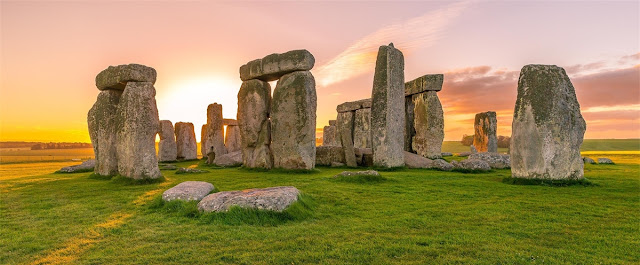Microwaves
Microwaves are electromagnetic radiations. They are used for generating heat and are also used for communications.
Longer microwaves like those used in a microwave oven are used to cook food. Shorter microwaves are used in communication and weather forecasts. Microwaves, which are used for radars, are just a few centimetres long.
Short and long microwaves
Each wave has a certain shape and length .The distance between peaks or high points is called wavelength. Microwaves are of two basic types depending on their wavelengths-short and long microwaves. Short microwaves have short wavelengths that can be measured in centimetres, while the long microwaves have wavelengths of about a foot.
Discovery
The existence of microwaves was predicted by a Scottish scientist, James Clerk Maxwell, in 1864. His equations predicted the existence of microwaves. Twenty-four years later, in 1888, Heinrich Hertz demonstrated that
Maxwell was right about the existence of microwaves. Hertz built a device that produced and detected microwaves. In 1894, the Indian scientist,]. C. Bose, publicly demonstrated the wireless
control of a bell using microwaves with
wavelengths in the range of 0.5-2.5 cm. He also conducted research on the Jr. propagation of microwaves.
Guglielmo Marconi
An Italian scientist, Guglielmo Marconi, repeated Hertz’s experiments. He showed that radio and microwave transmissions were possible not just for small distances but across continents.Thirty years after the transmission of the first trans-Atlantic signal, Marconi set up the world’s first
microwave link for the Vatican. Marconi received the Nobel Price for physics in 1909. He is also known as the father of radio.
Importance of microwaves
Microwaves can penetrate clouds, snow, haze, and smoke. They are very useful for transmitting information from one place to another.
Microwave radio
Radio communications using frequencies between approximately 1 GHz and 1,000 GHz is called microwave radio. Many broadcasting and telecommunication transmissions use microwave radio because of the shorter wavelength and larger bandwidth of the microwave spectrum.
Microwave link
A microwave link is a transmission device. It allows video, audio, and data transmissions using radio waves. Transmissions can be sent between two locations that may be a few metres to
several kilometres apart. Television broadcasters use microwave link to transmit television programmes. A microwave link is commonly used in television news and sports events to transmit a signal from a remote location to a television station. The mobile units, called outside broadcast vans (OB vans) use microwave links to transmit live programmes back to the studio for broadcast.
Magnetron
The magnetron is a tube that produces
microwave energy. It was invented by Albert Hull in the 1920s. In the late 1930s and early 1940s, Harry Boot and John Randall developed it further. Magnetron was used by the United States during the World War II to detect ships. Later it was used to manufacture microwave ovens in the late 1940s.
Cosmic microwave background
Cosmic microwave background (CMB) is a form of radiation that fills the whole universe. The existence of CMB radiation was first observed by accident in 1965 by Arno Penzias and Robert Wilson at the Bell Telephone Laboratories in Murray Hill, New Jersey, USA.
Microwave oven
The invention of the microwave oven
was one of the important applications
of microwaves. The microwave oven uses microwaves to cook or heat food. Percy Spencer, an American engineer working with the Raytheon Company, invented the first microwave oven while working with the magnetron. Magnetron is a device that produces microwave radiation. In 1946, he discovered that microwaves could be used to cook food fast. The first food to be inadvertently heated by microwaves was a chocolate bar that Dr Spencer had in his pocket while he was experimenting with the magnetron. He then experimented with popcorn kernels and an egg. In 1947, the Hurst commercial oven was sold by the Raytheon Company.



















































